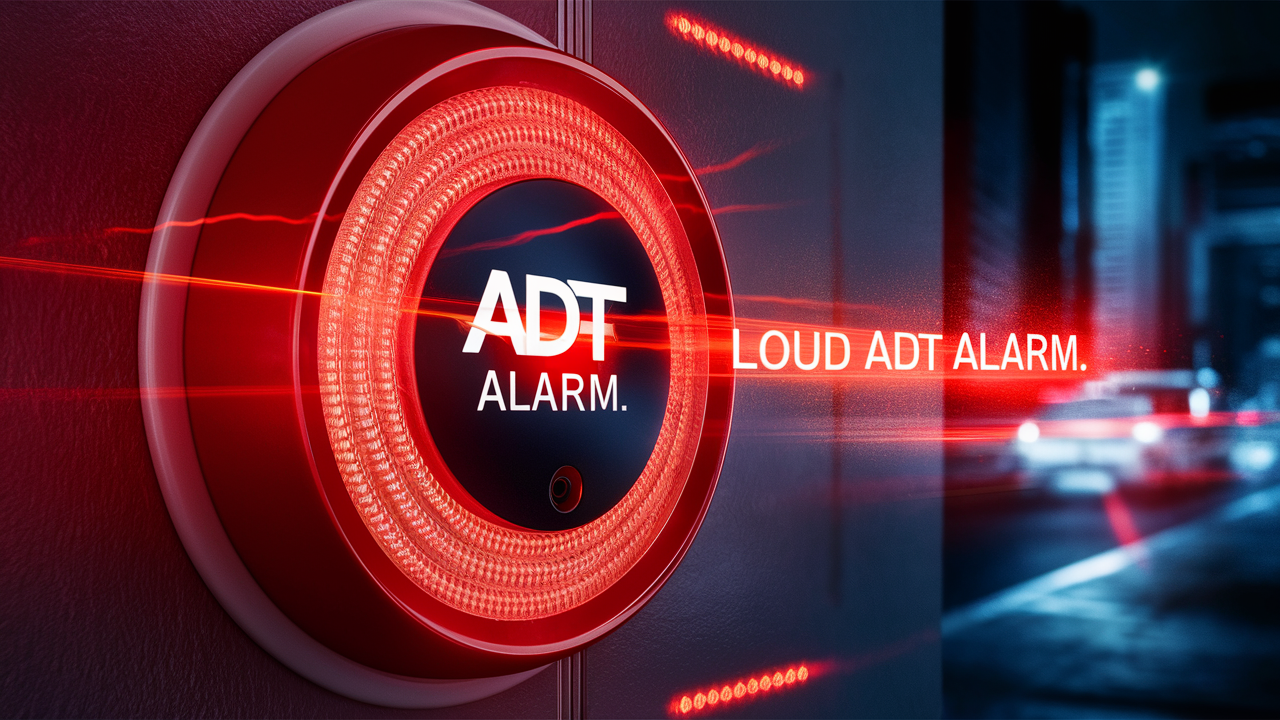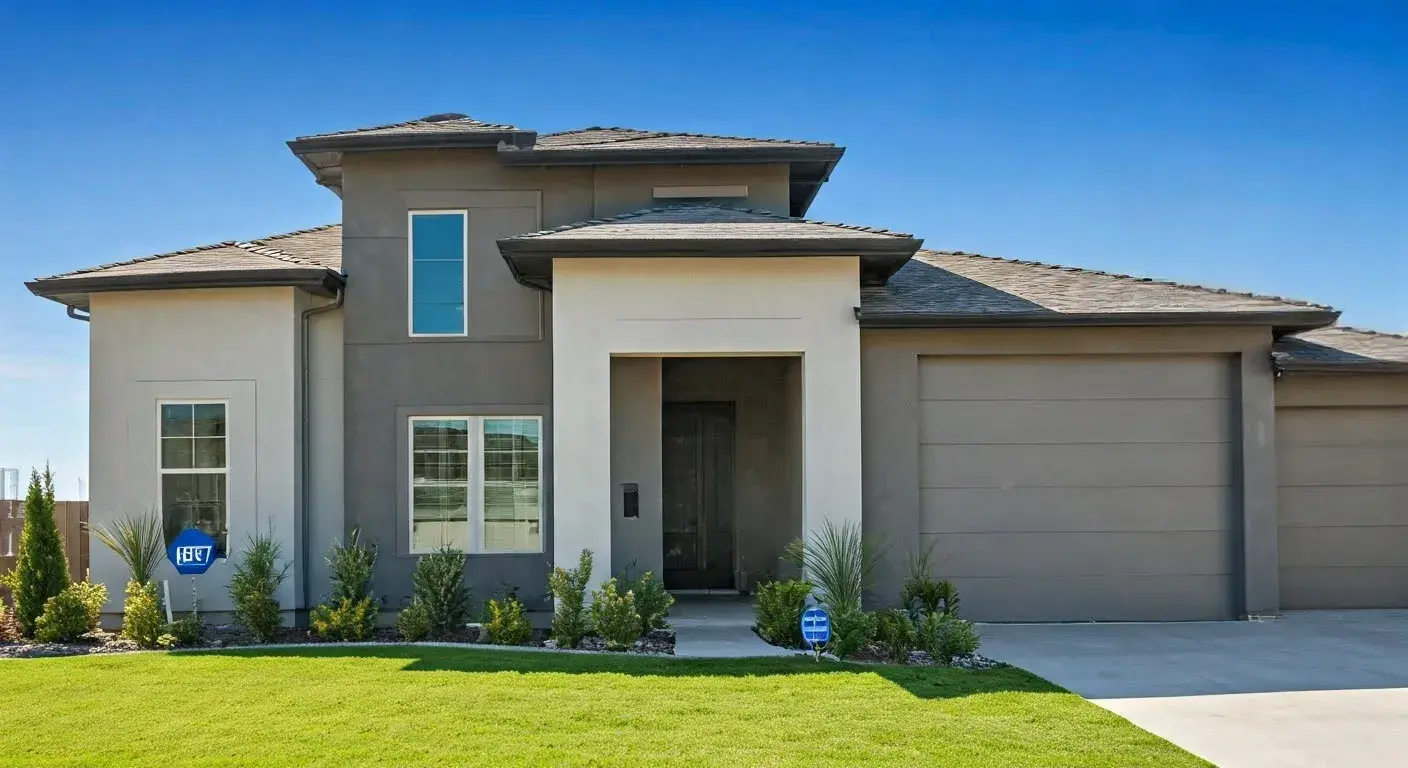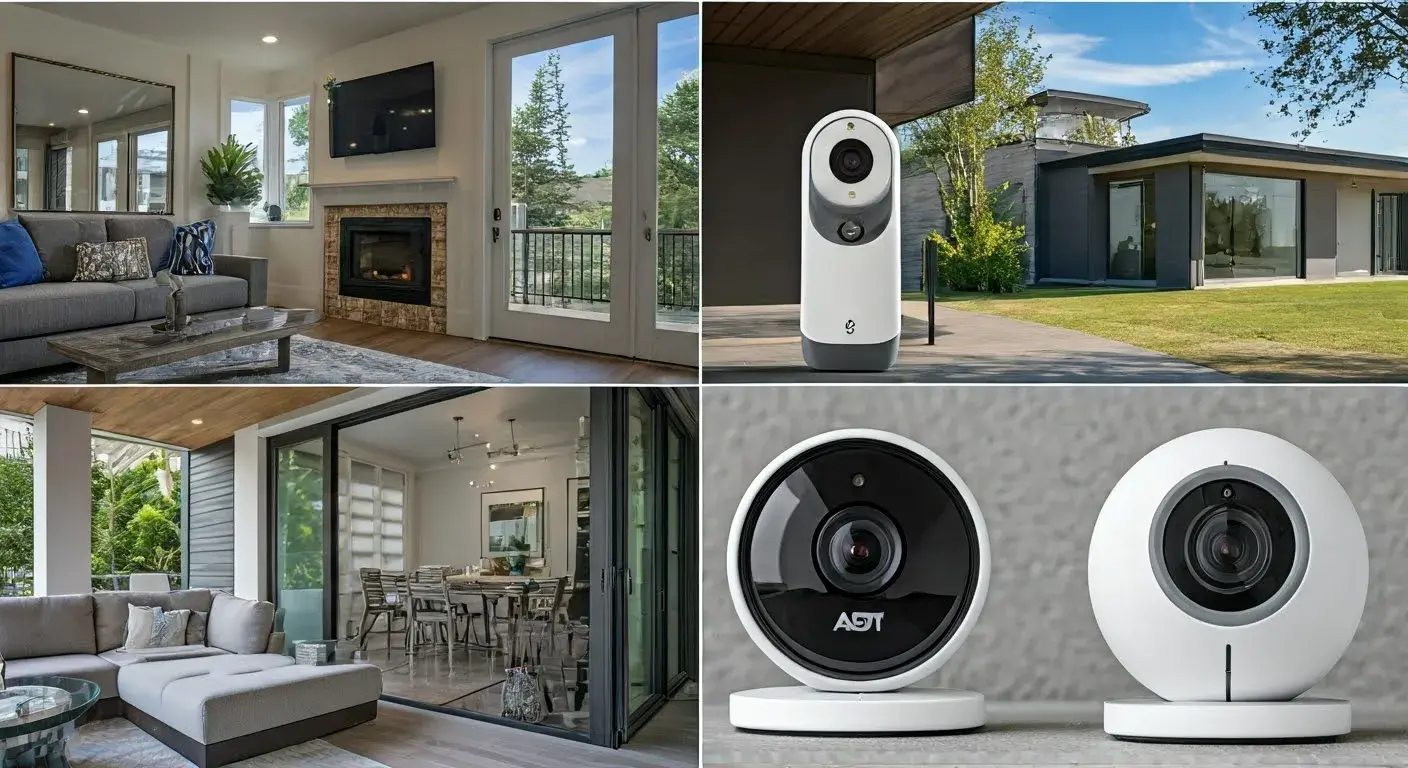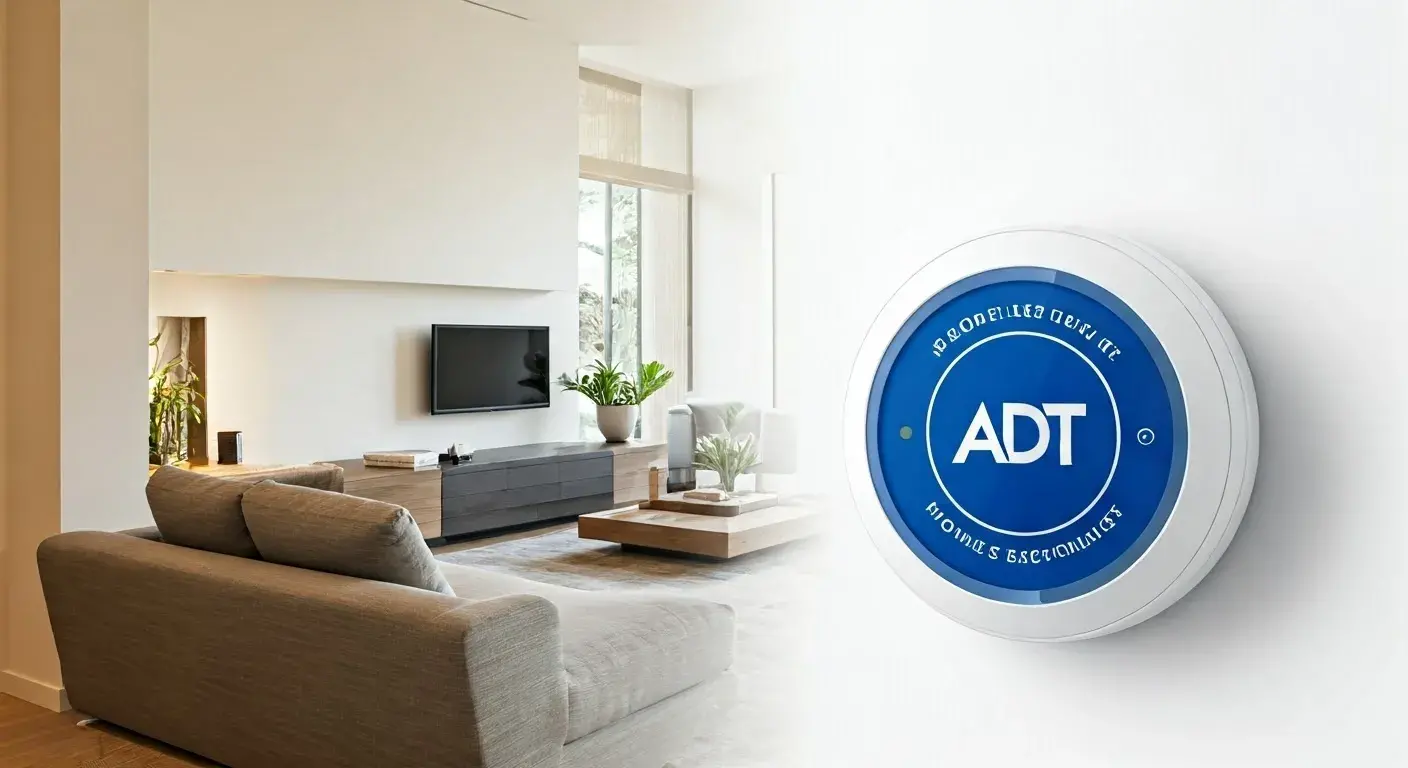These ADT alarms are typically loud enough to also wake up homeowners, neighbors, and anyone else within the vicinity of the premises in the event of a break-in or any other form of emergent situation. ADT alarms get to produce actual decibel levels depending on various factors.
The Alarm Siren In an ADT alarm system, the main component that produces sound to scare off intruders is the siren or the alarm horn. This siren is intended to produce a clear sound range of between 120 to 130 decibels whenever triggered. To put that into perspective, that is approximately as loud as a military jet that is taking off from an aircraft carrier’s flight deck. The siren is designed to make potential burglars go away and let neighbors know that something is not quite right.
This element is often installed outside of the home, but the sound is also heard inside the house. Anxiety caused by an alarm siren is directly proportional to its loudness and at a short range indoors, it can comfortably reach a level of 120 decibels which is almost painful. The loud noise may cause disorientation and ensure that the intruders desire to leave the premises as soon as possible.
ADT has different types of sirens available, including air horn sirens, self-contained sirens, and wall-mount sirens. They are all intended to produce not less than 120db upon initiation of operation in the case of an intruder. The actual perceived noise intensity would vary depending on the position of the listener about the siren. Outdoors the siren is probably not as loud as to someone inside the home close to the siren.
Son Alert for Smoke and Carbon Monoxide Detectors Moreover, the primary alarm for burglar alert comes with other added features of smoke and carbon monoxide alarms in the ADT alarm system. In the event the life safety sensors pick up any risky situations on the premises, they let out audible alarm tones.
The smoke detector that is incorporated in an ADT alarm has an 85-decibel piezoelectric horn and produces three loud beeping sounds in succession when it detects smoke. The alarm is programmed to emit these beeping tones until it is no longer getting a ‘smoke’ signal. This alarm is audible, and when turned on in the middle of the night alerts homeowners of fire or smoke-related disasters to enable them to evacuate safely.
Likewise, the sensors of carbon monoxide in an ADT alarm sound a temporal four-tone alarm whenever increased CO gas concentration is detected. It features four loud beeps, which is different from the three-beep smoke detector so that homeowners can easily distinguish the two. Like the smoke alarm, the CO alarm has a tone that is continuous and constant to ensure that the individuals give a quick response since there exists a hazard.
Panic Buttons ADT alarm systems also include an emergency power backup and buttons that can trigger the loud alarm even without setting off the sensors. Panic buttons are effective if a homeowner is scared of someone at their doorstep or to intimidate a suspicious individual on their compound. In this case, when pressed the panic button responds forcefully by activating the full-force outdoor siren.
There is also a variety of panic buttons that can be placed at strategic positions for easy access in the house. Help buttons can be worn around the neck or placed on the wall which can be pressed by the patient to alert the caregiver. Wall mount buttons may also be placed near bed doors or in basement areas that cannot hear the central alarm siren. Some of the features that homeowners get from ADT include the ability to trigger the earsplitting outdoor alarm siren noise with the press of a panic button in case they feel insecure.
Sound Levels of Alarms in Apartment and Condominium Complexes Even though ADT alarm sirens sound loud to signal to neighborhoods of break-ins, the levels of noise may be high to interrupt neighbors residing nearby. The very loud 120+ decibel siren alarms, that make good for single-family homes security may not work well in apartments, condos, townhomes, and other close quarters.
Fortunately, ADT has interior 80-decibel sound alert systems designed for those homes with close neighbors. The alarm siren noise produced by an 80-decibel alarm siren is similar to the noise produced by city traffic or a ringing telephone. Even though 80 decibel sound will not wake up the whole of the neighbors, it can chase away intruders and make neighbors alert that, probably something unsuspicious may be happening next door.
ADT also has 70-decibel smoke detector alarms for apartments and small occupancy residence halls where loud life safety-related sounds might be problematic. The actual tone of the alarm is at 70 decibels which is a tone that may be encountered while dishwashers or washing machines are running. To be audible to wake residents in times of emergencies but not disturb other units within the apartment.
Alarm Duration Impacts However, unlike noise pollution, which is produced to generate high decibel levels, the time factor in generating the noise also determines the level of disturbance and effectiveness in the process. Hearing the loud alarm siren or beeping detectors can be draining and adverse to the health of the patient in the long run.
For purposes of not disturbing neighbors, ADT sets the maximum time for the siren to go off at 15 minutes for each security system that is activated. Just like smoke detector alarms, carbon monoxide alarms also have a feature that tunes out after about 3 minutes if the gas is still detected to avoid constantly annoying beeping. This assists in avoiding high noise levels in the surrounding environment and neighbors do not become indifferent and start turning deaf to the noise.
If, after alerting the residents of a building and sounding a low tone, the system reduces the volume but then sounds it again after an event, the loud sirens will sound for another brief period. This ensures alarms remain effective for dangerous signals while avoiding high levels of constant noise in the long term. It clarifies that alarm soundings should have the correct volume and duration to keep home security systems effective for protecting property.
Customizing Siren Loudness Although the ADT alarms have very loud 120+ decibel alarms which are more than enough to alert homeowners of intruders, the homeowner does have some control or adjustment on sound output if needed. For instance, replacing exterior siren models with an 80-decibel balcony siren that aims its noise downwards.
Alarm monitoring settings can also vary siren loudness and duration settings, as well as any other settings of the home security system. For families with babies or restricted areas where alarms are installed, the reactions can be changed so that they will not interfere with monitoring effectiveness, but will not be annoying as well.
Altogether, ADT increases the siren volume acoustics as much as possible so their systems cannot be dismissed and alert whenever danger is detected. However, there are conditions for reducing noise levels for certain types of housing and compacted communal ones. Finding the right decibel and which time of the day to do it also ensures proper protection without having to be loud to the extent of disturbing neighbors.
Protect your home today with ADT’s top-rated security solutions!
Call now at +1 877-470-7879 to get a free consultation and find out how you can secure your home with the best in the business. Don’t wait—ensure your peace of mind with ADT!







